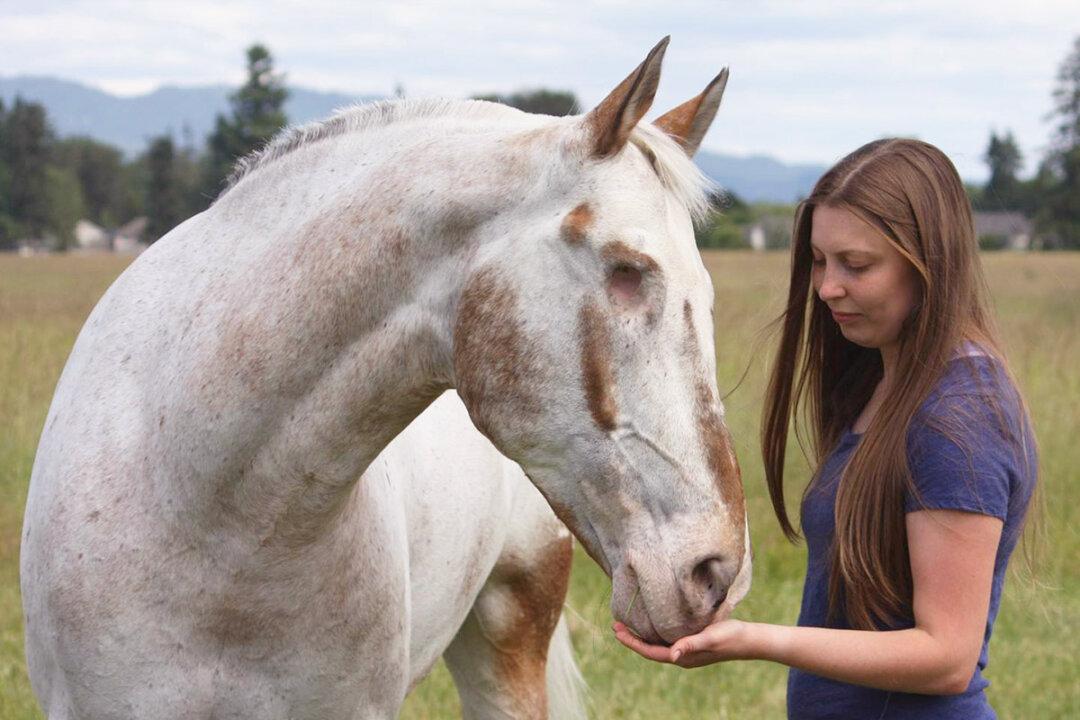A Missouri mother lived through every parent’s worst nightmare when her 2-year-old daughter passed away. The brave mother now bears the pain of retelling her story in the hope that the loss of her child may save the lives of others.
Sierra Greenlee’s daughter, Arya, passed away on March 22, 2018, from undiagnosed Type 1 diabetes, a condition that is not routinely tested for in preschool-aged children. After her daughter’s passing, Sierra made the brave decision to share her story of loss on social media in order to help raise awareness of the potentially deadly disease.

The early hours of March 22, 2018, were like any other, Sierra said. She finished work and headed to pick up her daughter from Arya’s father’s house but arrived into a scene of panic: the babysitter was holding Arya, and the toddler wasn’t breathing.
“I ran her back inside and laid her down and started CPR on her little limp body,” Sierra wrote. “In my head I knew I needed to remain calm but I couldn’t.” Shortly thereafter, medics arrived and took over.

“For the next hour while they tried desperately to bring me back my baby, I called my parents and her dad,” Sierra wrote. “I paced, I cried, I prayed. At times I felt like an outsider watching this awful event unfold.”
The medics battled to revive Arya for an hour before the little girl and her mother were transported to hospital. It was there that Sierra received the devastating news that would change her world forever. The doctors told her that they did everything they could, but unfortunately, they were “unable to revive her, and she did not survive.”
“[I]n that moment,” Sierra recalled, “I couldn’t feel anything; it was like my heart had stopped, too. I was an empty shell. The shock was overwhelming.”

Thirty minutes later, the explanation came. Arya’s blood sugar had registered in the 500s—the normal range for a child of Arya’s age is between 90 and 180 milligrams per deciliter—and doctors believed she had been suffering from undiagnosed Type 1 diabetes.
“How could my baby have diabetes?” Sierra asked, incredulous.
Arya had attended a wellness checkup only the week before, but the night that she passed away, she had slipped into a diabetic coma.

Sierra wrote that there were no signs of her daughter being a diabetic and that this disease does not run in either of her families.
“[W]e had no idea,” she wrote. “Later I found out that diabetes is not something they test for in small children. They don’t typically test until they are school-age and show signs.”
“I beg you to ask your child’s doctor to test for [diabetes],” Sierra said. “I beg you to become aware of the signs and symptoms of childhood diabetes.”
“Last time it helped save the lives of 13 children. Let’s make it more,” she added.






